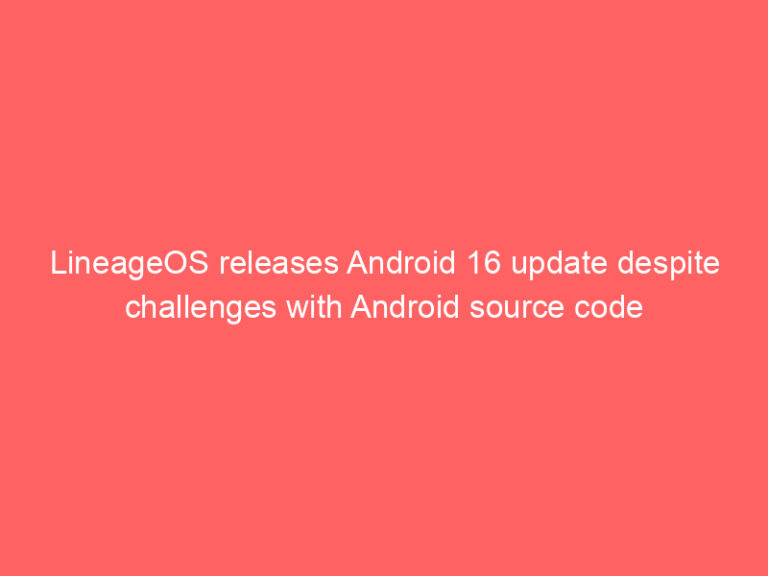
Android 16’s Support for External Keyboards Blows My Mind
The excitement surrounding Android 16’s upgrade to include external keyboard support is undeniable. This capability has the potential to revolutionize mobile computing by opening up a world of possibilities for users who want to take their devices to the next level.
But what exactly is external keyboard support, and how does it impact users?
External keyboards offer a wide range of benefits, including:
* Enhanced typing experience: The physical keyboard can provide a more comfortable and accurate typing experience, especially for those with physical limitations or those who prefer typing on a physical surface.
* Increased productivity: The ability to work with external keyboards can significantly increase productivity, as users can multitask and perform multiple tasks simultaneously.
* Greater flexibility: External keyboards can be easily attached or detached, allowing users to switch between their phone and their desktop seamlessly.
* Accessibility features: Many external keyboards incorporate accessibility features, such as voice control and larger keys, making them more accessible for users with disabilities.
Here’s what’s hot about Android 16’s support for external keyboards:
* The new “External Display” mode: This mode allows users to connect their external keyboard to their phone and have it appear as an external display.
* The “Long Press” gesture: This new gesture allows users to hold down on the power button for a few seconds to trigger various actions, such as switching between different settings or launching an app.
* Improved performance: The new support is said to provide improved performance, as the system is better optimized to handle external input.
Beyond the basics:
While the basic features are certainly impressive, Android 16 also offers a few advanced functionalities:
* Multi-window support: This allows users to run multiple apps side-by-side on their external keyboard, creating a more efficient workflow.
* Swype gestures: Users can now perform swype gestures directly on the keyboard, offering a more intuitive way to type.
* Custom settings: Users can customize the look and feel of their external keyboard to suit their preferences.
The verdict:
Android 16’s support for external keyboards is a game-changer for mobile computing. This feature is likely to be highly sought after by users looking to improve their typing experience, increase productivity, and access a wider range of features. The improved performance and accessibility features are also a welcome addition.
If you’re interested in learning more about external keyboard support in Android 16, check out these resources:
* Android Developers website: This website provides detailed documentation and resources about the new feature, including sample code and usage instructions.
* YouTube tutorials: Several YouTube channels offer tutorials on how to set up and use external keyboards with Android 16.
Conclusion:
Android 16’s support for external keyboards is a significant milestone in mobile technology. This feature has the potential to significantly improve the mobile computing experience for a wide range of users. As more devices adopt this technology, we can expect to see even more innovative ways to use our mobile devices.




